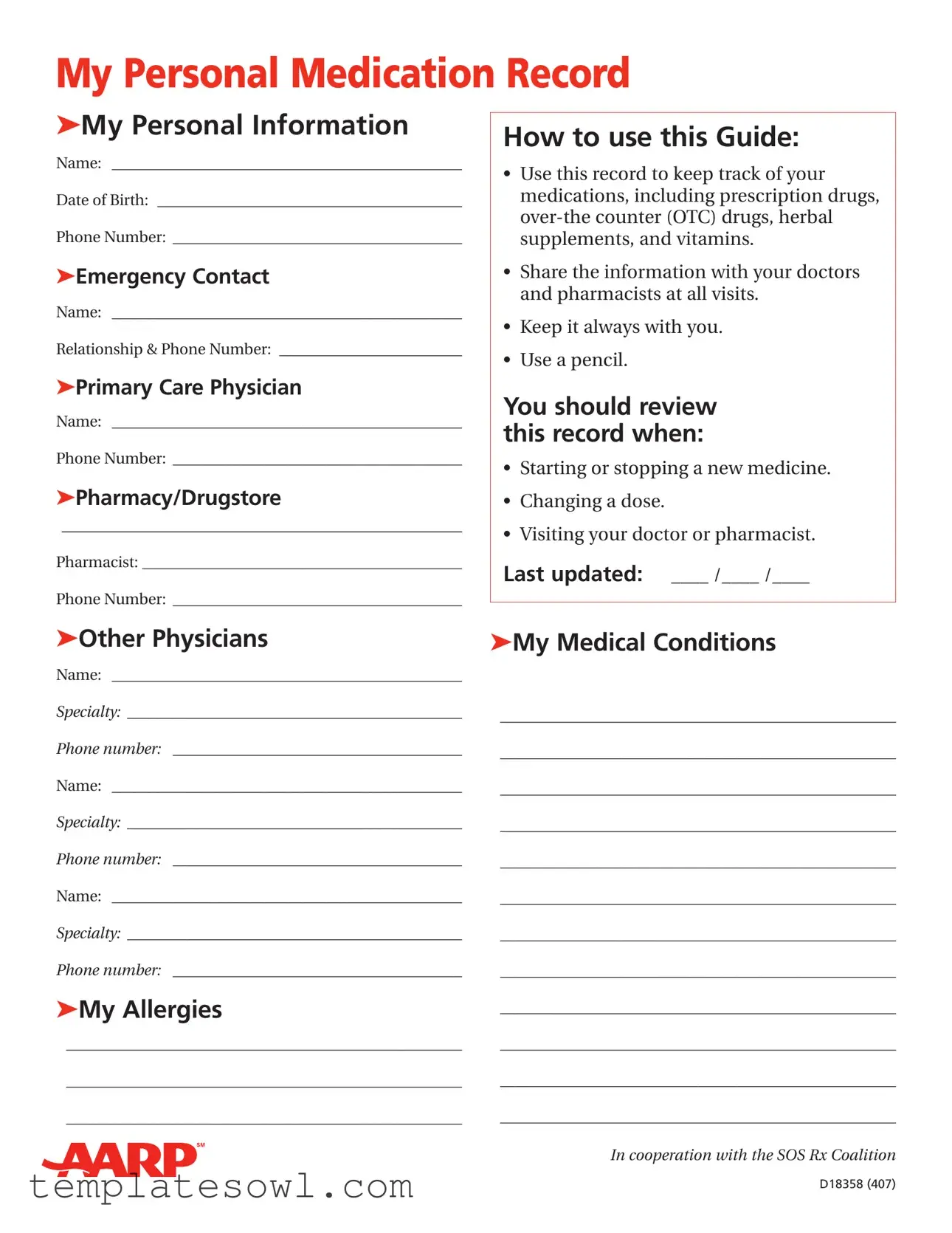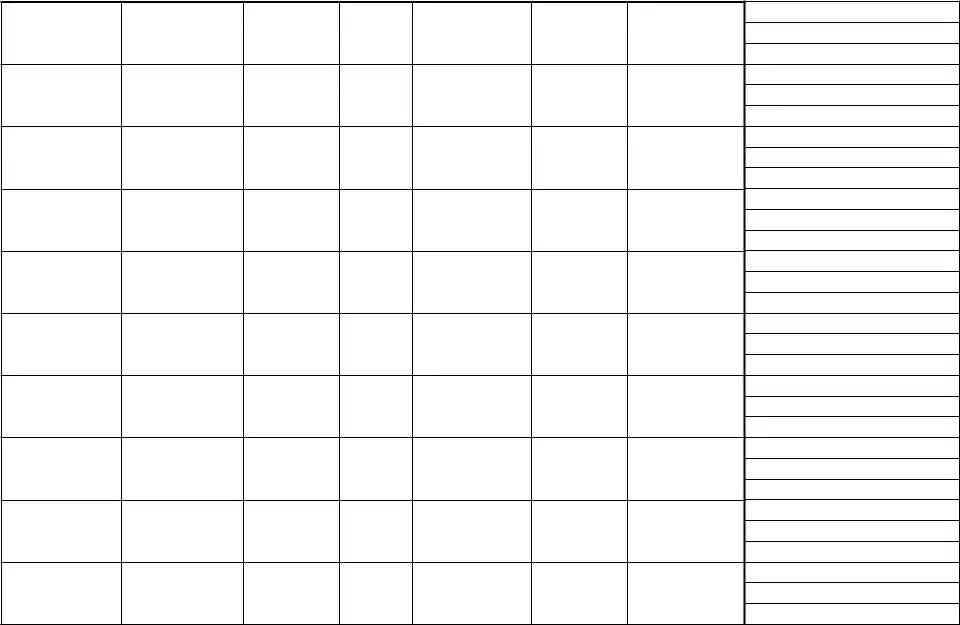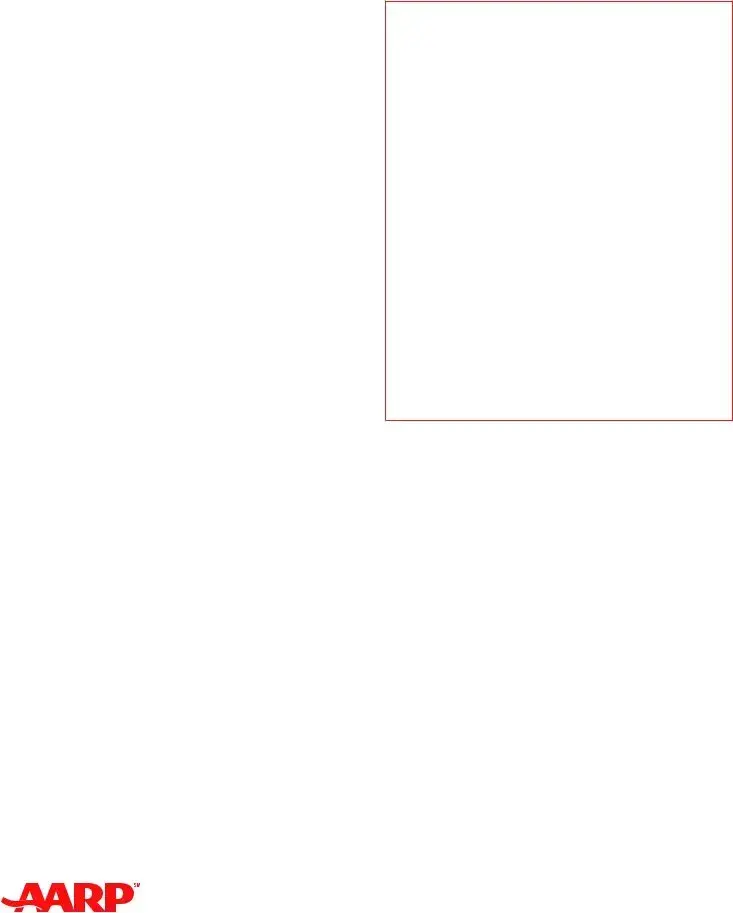What is the purpose of the AARP Medical Record form?
The AARP Medical Record form is designed to help individuals track their medications, including prescription drugs, over-the-counter medications, herbal supplements, and vitamins. This record ensures accurate information is shared with healthcare providers during visits, enhancing the quality of care.
How should I fill out the personal information section?
Begin by entering your basic details, such as your name, date of birth, and phone number. Also, include the name and contact information of an emergency contact, your primary care physician, and your preferred pharmacy. Collecting this information in one place makes it easier for healthcare providers to access your vital details quickly.
What medications should I include in the record?
Include all medications you are taking, which should encompass prescription drugs, over-the-counter medications, herbal supplements, and vitamins. Be thorough, as this information is crucial for your health and safety during medical visits.
Why is it important to share this information with my doctors and pharmacists?
Sharing your medication record with your healthcare providers helps prevent potential drug interactions and ensures that they have a complete picture of your health. This transparency allows them to make informed decisions regarding your treatment.
What should I do if I start or stop a medication?
If you start or stop a medication, immediately update the medical record to reflect this change. This ensures that you maintain an accurate tracking system for your health, which is essential during your doctor or pharmacist visits.
How often should I review my medical record?
It is advisable to review your medical record regularly, especially when you change doses, start new medicines, or stop others. Regular reviews help keep your information current and relevant.
What if I have allergies?
Document any allergies you have clearly in the designated section of the form. This information is critical for your healthcare providers to avoid prescribing medications that may cause adverse reactions.
Is there a specific way I should keep this record?
Always keep your AARP Medical Record form with you for easy access. Use a pencil to fill it out, allowing for easy updates as needed. This makes it simple to provide current information whenever you visit a doctor or pharmacist.
How do I keep track of different medications and dosages?
The form includes sections to note down the name of the medication, the dosage, the dates you are taking it, and any special directions. Filling these sections out systematically will help you maintain a clear and organized record.
What if I have multiple healthcare providers?
List all your healthcare providers, including their specialties and contact information, in the section provided. This consolidated information will assist in ensuring that all of your providers are on the same page regarding your health and treatment.


